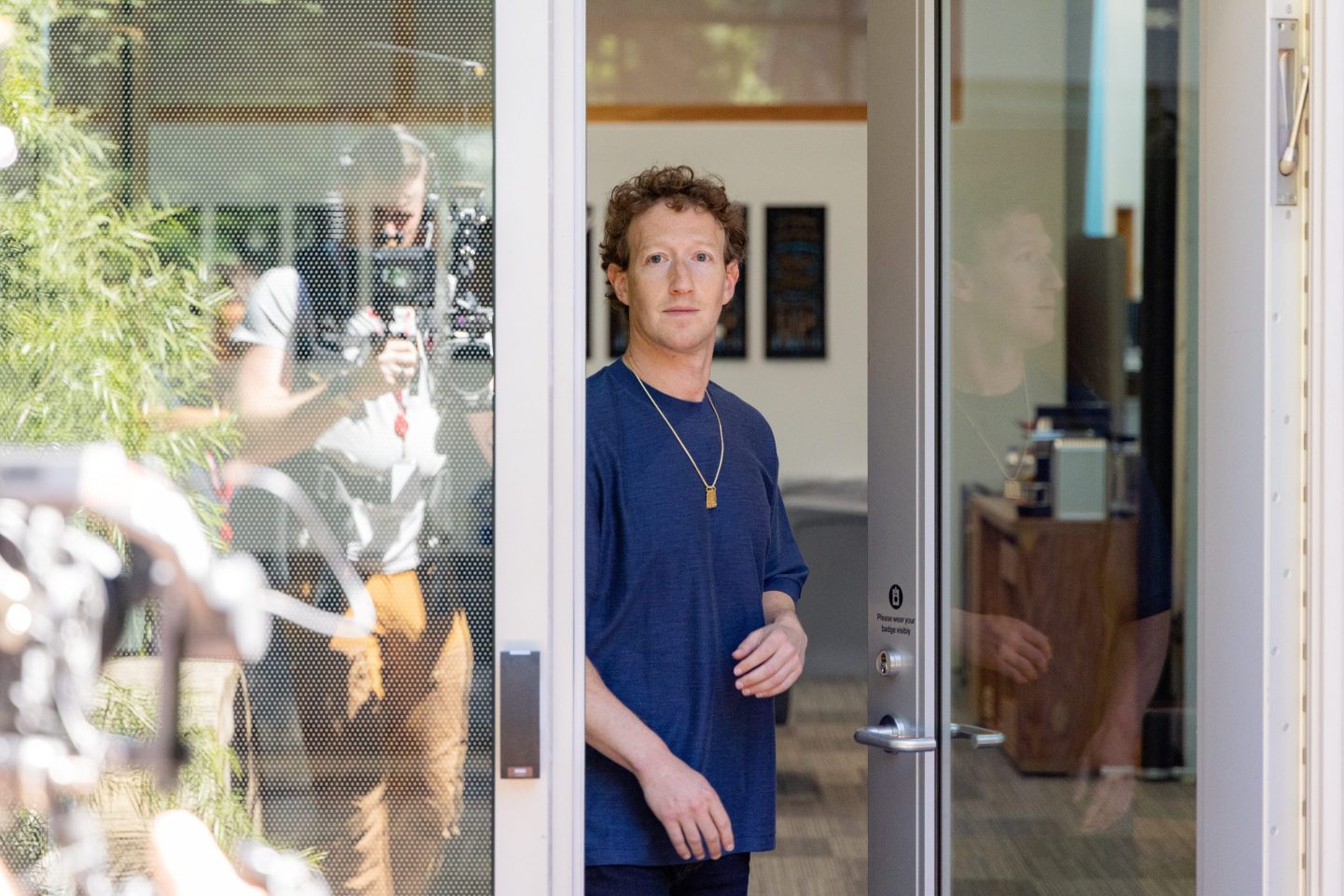I’ve been thinking a lot about the word “transformation” lately, and the transformation weariness that I’m observing across many different orgs and sectors. As is the case with all overused words, especially those vulnerable to hyperbole, I think it’s smart to question whether anything can be regarded as transformative in a world where everything—including breakfast bars—is described as “life-changing” and “transformative.”
With my experience in both facilitating organizational transformations at scale and leading more focused, adaptive change projects, I can say without hesitation that the differences across every dimension—mindset shifts, skill building, system changes, evaluation, operations, and communications—are profound.
Part of the overuse problem is that leaders use the term transformation to convey importance and urgency, even when the change is intentionally incremental or adaptive. We try to demand the attention and commitment of employees by saying “transformation” because we’re concerned that that a “continuous improvement program” or “strategic shift initiative” will elicit the collective “Oh, it must not be that important.” Who’s getting pumped about evolutionary change when revolutionary change is an option?
The word transformation comes from the Latin verb transformare, meaning “to change in shape” or “to metamorphose—to change completely in form or structure.” Adaptive, incremental, and evolutionary changes are rarely driven by the need to change an organization completely, in form or structure. Significant, even critical, shifts in strategy or prioritization rarely require organizations to change completely in form or structure.
Changes in leadership, markets, or operations—even when dramatic—rarely necessitate wholesale form or structure change.
Real transformations are relational, not transactional; rare; time- and attention-intensive; absolutely disorienting; and immersive. When a leader calls something a transformation that is designed to be more incremental, that leader loses trust, credibility, and respect.
It’s obvious to us when we are in the midst of a well-executed transformation and when we are not. We can feel it. The environment of transformation is inescapable, and small, perceptible shifts in our way of working happen almost immediately.
We see senior leaders making time for change when seemingly no time exists. Leaders are so invested in the change that they are willing to model new mindsets and skill sets. They are open to demonstrating and discussing how difficult the learning and unlearning are for them personally, and they’re talking openly about the awkward nature of trying on new ways of working. Again, effective transformations are led by relational leaders.
It’s thrilling and scary.
It’s clarity-creating and it’s disorienting.
There’s constant time pressure and there is no chance of real change without space and expansiveness.
People look brave because they’re trying new things and they feel vulnerable because they’re trying new things (which is the definition of courage).
Deconstruction requires discipline and teams that are willing to engage in productive debate and challenge. The word “deconstruction” comes from the prefix “de-” (meaning “undo” or “reverse”) combined with “construction” (the act of building). It literally means “a taking to pieces” or “undoing construction.” The word was used in English as early as 1865, in the context of building, architecture, and engineering, referring to the disassembly or dismantling of structures. For me, the term deconstruction leads straight to the French philosopher Jacques Derrida. A significant part of my dissertation was related to challenging binaries, and Derrida is considered to be the founder of deconstructing—a critical approach that challenges and reworks traditional hierarchies and binaries. He adopted the architectural term in the early 1970s, and his work on deconstruction has profoundly shaped philosophy and literary theory.
Irreducible Requirements of Meaningful Transformations
The most basic and irreducible requirements of meaningful transformations push against our wiring because big changes to form and structure introduce complexity, require time, and are defined by paradox.
1. Transformations are about building and they must start with dismantling. Specifically, transformations require strategic and intentional deconstruction.
2. Leading transformation means you will be breaking big stuff across the organization and, at the exact same time, you’ll need to fiercely protect the parts of your organization that are central to your mission and critical to your identity. During the breaking, you’ll need a functional and mission-grounded foundation to stand on, and after the breaking you’ll need a strong core to provide stability for building new ways of working. It’s breaking and protecting.
3. With the right assessments, choosing what to protect and what to break will be clear and everyone will still disagree and it will still be challenging. Change always drives fear and territorial behaviors. It always feels personal.
4. A successful transformation respects existing strategies or organizational waypoints that are mission-grounded and will continue through and beyond the transformation. The conflicts that arise in our efforts to integrate existing systems with new systems always reveal important data about what’s core and enduring about an org.
I recently had a CEO in the middle of a “Dare to Lead” transformation look at me and say, “I have to tell you, it feels like we’re breaking a lot of shit around here. I get it, but some of these things have been on our Look but Don’t Touch list for years, well before my tenure as CEO. Now we’re looking, touching, and breaking.”
It was a very accurate observation of exactly what was happening and what needs to happen for transformations to be successful. Most of us grew up with grandparents or aunts who had that one room where no one was allowed to go. The couches were covered in plastic, and there were ugly ceramic figurines everywhere you looked. In my case, there were also lots of crocheted lace doilies. Transformations can feel like hosting a kindergarten slumber party in the “off-limits” room. With a chocolate fountain, glitter, and puppies.
As part of the initial transformation assessments, we need to dismantle almost everything—the breaking starts early. And we’re not deconstructing only the ways of working that are fun and rewarding to break because we’re tired of them; we also need to put our darlings on the chopping block. We have to be willing to take apart the off-limits stuff, the systems and ways of doing things that no one has been allowed to question.
• Are people working to plan versus working to potential because they’re rewarded either way?
• Is a “nice” culture getting in the way of giving and receiving productive feedback?
• Is action bias pushing teams to solve problems before they define them?
• Are there systems that reward fear and shame as management tools?
• Is there a fear of smart risk-taking that results in losing competitive advantage?
• Do we have teams that are so large they’re unmanageable?
• Do we favor action over impact?
• Have we won for so long that complacency is threatening our success?
One thing to note: The breaking is not supposed to be fun. It’s a painful disassembling of the ways of working that we know are ineffective but that have become part of us. We have to break carefully and strategically, with intention and with affection.
No one who enjoys breaking should lead the breaking efforts. Recklessly taking a chainsaw to systems and people as a show of power or as an act of dysregulated emotion is not transformative breaking. That type of breaking is undisciplined indulgence that is normally meant to terrorize and threaten people and is driven by people who operate from a place of smallness, ego fragility, and fear of their own powerlessness.
Excerpted from Strong Ground by Brené Brown. Copyright © 2025 by Brené Brown. All rights reserved. No part of this excerpt may be reproduced or reprinted without permission in writing from the publisher.












